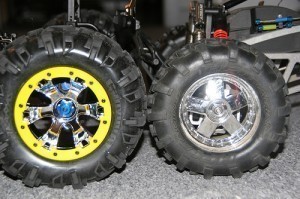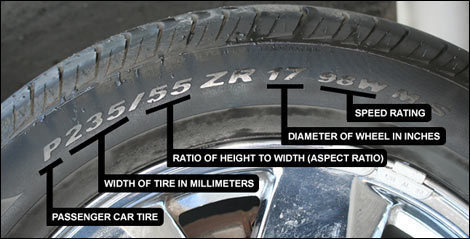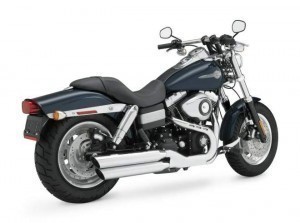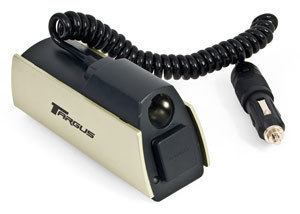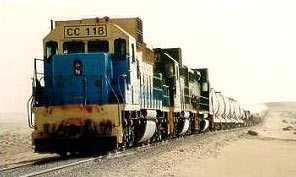Reading a tire size comparison chart for the first time can seem bewildering. All those letters and numbers may seem confusing. But the following information can help you make sense of all those figures.
What a Tire Chart Looks Like
If you look at the car tires, you’ll see something that looks like the following: P255/60 R15 82H. The initial letter stands for the vehicle type. P stands for passenger vehicle. If the vehicle is a light truck, the initials LT will be displayed instead of the P. Sometimes T (temporary space) or ST (special trailer) is indicated.
Beside the initial letter or letters are numbers. These numbers refer to the tire width. In this example the numbers are 225. It means 225 mm is the cross section measurement. This measurement is taken from the sidewalls.
Aspect Ratio and Internal Construction
The numbers after the width is the aspect ratio. The numbers are shown height/width. In this example, the aspect ratio is 60. In a tire size comparison chart, the aspect ratio is followed by internal construction. In automobiles, this is indicated by the letter R.
Rim Size and Other Information
Next to the internal construction is the rim size. In this case, the rim size is 15 inches. The actual number may vary, but it will almost always be inches. With some tires, the load index is shown. The index is based on the Maximum Load Carrying Capacity Chart.
The number varies. If it is 82, it can support weights of up to 75 kg (1,047 lbs). This is for a single tire. With four tires, the total weight support is 4,188 lbs (1,900 kg).
Speed Rating
The speed rating is indicated by a letter. Here, the car’s tire number is H. That translates to 130 mph. If the letter is Z, that is 149 mph, U 124 mph, S 112 mph and T 118 mph. The speed rating indicates the fastest safest speed the tire can go. These figures are based on ideal conditions for driving.
Various Tire Types
There are many kinds of tires in the market. High performance tires are meant for high speed driving. These tires are made from high end quality materials.
When assessing tire size comparison charts, remember that those used for racing are very different. They look like ordinary tires, but their makeup is different. These are designed for making rapid turns, handling curves and driving at high speed.
